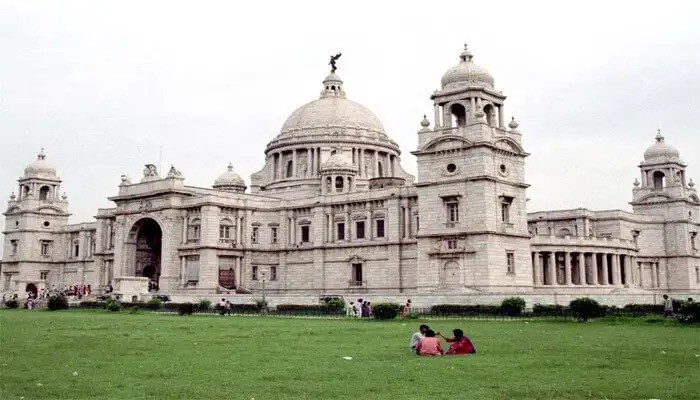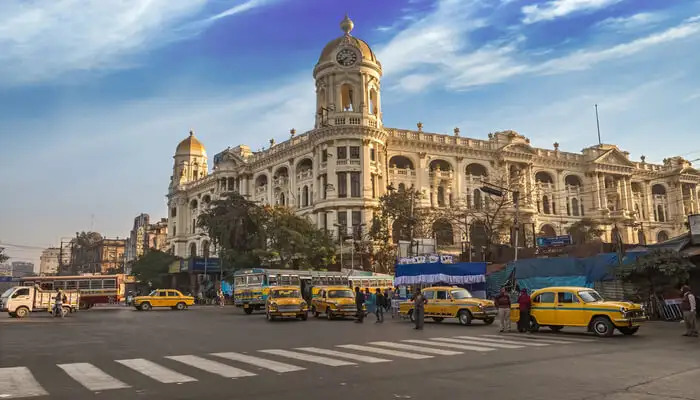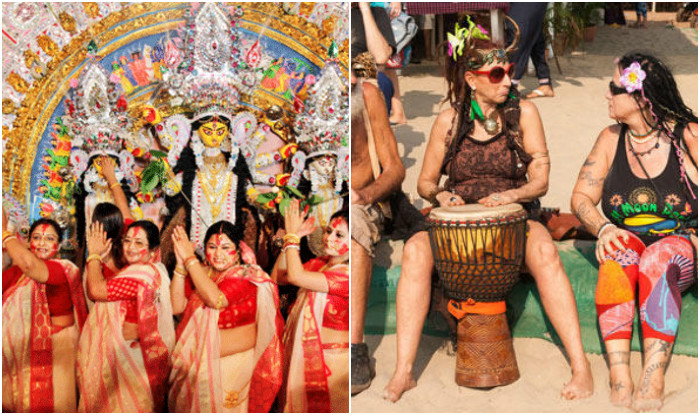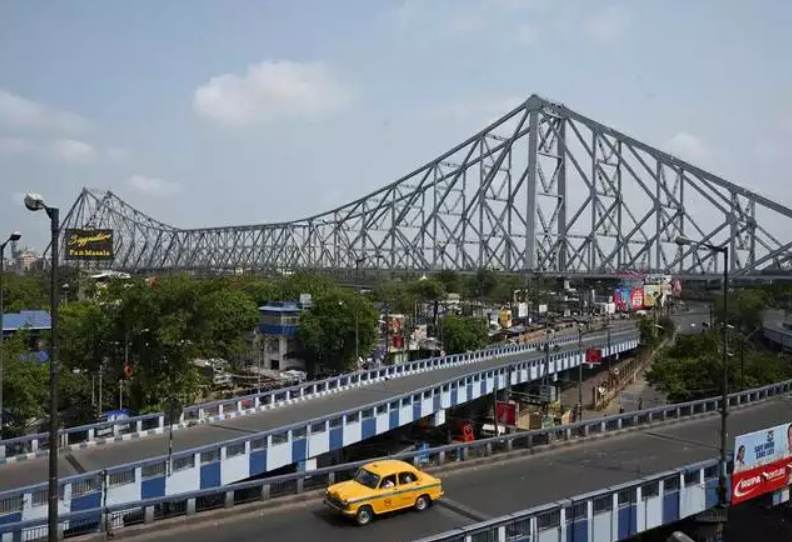


West Bengal is a state located in the eastern part of India. It is bordered by Bangladesh to the east, Nepal and Bhutan to the north, and the Indian states of Sikkim, Bihar, Jharkhand, Odisha, and Assam. With a rich cultural heritage, diverse landscapes, and significant historical and political significance, West Bengal holds a prominent position in the country’s history and development. In this essay, we will explore the state of West Bengal, highlighting its history, culture, economy, politics, and notable landmarks.
The history of West Bengal dates back to ancient times. The region has been mentioned in various historical texts, including the Mahabharata and the travel accounts of ancient Chinese travelers. The early history of West Bengal witnessed the rule of various dynasties, including the Mauryas, Guptas, Palas, and Senas. The region saw the rise of Buddhism and Jainism during this period, leaving behind numerous archaeological sites and remnants.
In the medieval era, West Bengal came under the influence of Islamic dynasties such as the Delhi Sultanate and the Bengal Sultanate. The Mughals also exerted their control over the region, leading to the establishment of the Bengal Subah as a Mughal province. During this time, the region flourished in trade and commerce, with cities like Murshidabad and Kolkata (then Calcutta) becoming significant centers of economic activity.
The arrival of the British East India Company in the late 17th century marked a turning point in the history of West Bengal. The British gradually expanded their influence in the region and eventually established their capital in Calcutta. Bengal became the center of the British administration and witnessed significant socio-political changes. The state played a crucial role in the Indian independence movement, with leaders like Rabindranath Tagore, Subhas Chandra Bose, and Netaji Subhas Chandra Bose emerging from this region.

West Bengal is located in the eastern part of India and shares borders with Bangladesh, Bihar, Jharkhand, Odisha, Sikkim, and Assam. The state has diverse geographical features, including the fertile Gangetic plains, the Sunderbans delta, and the Himalayan foothills in the north. The Sunderbans, a UNESCO World Heritage Site, is a vast mangrove forest and is home to the Royal Bengal Tiger.
West Bengal has a diverse and vibrant culture. The state is known for its literature, arts, music, and dance forms. It is the birthplace of Nobel laureate Rabindranath Tagore, whose poetry and songs have had a profound impact on Indian culture. The annual celebration of Tagore’s birth anniversary, known as Rabindra Jayanti, is a significant cultural event in West Bengal. The state is also renowned for its film industry, commonly known as “Tollywood,” which produces a large number of Bengali movies every year.
Bengali cuisine is famous for its distinct flavors and delicacies. Fish, rice, and sweets hold a special place in Bengali cuisine. Popular dishes include macher jhol (fish curry), shorshe ilish (hilsa fish in mustard sauce), roshogolla (a sweet made from cottage cheese), and mishti doi (sweet yogurt). The state also celebrates various festivals with great enthusiasm, including Durga Puja, Kali Puja, and Poila Boishakh (Bengali New Year).
West Bengal is a state located in the eastern part of India. It is bordered by Bangladesh to the east, Nepal and Bhutan to the north, and the Indian states of Sikkim, Bihar, Jharkhand, Odisha, and Assam. With a rich cultural heritage, diverse landscapes, and significant historical and political significance, West Bengal holds a prominent position in the country’s history and development. In this essay, we will explore the state of West Bengal, highlighting its history, culture, economy, politics, and notable landmarks.

The history of West Bengal dates back to ancient times. The region has been mentioned in various historical texts, including the Mahabharata and the travel accounts of ancient Chinese travelers. The early history of West Bengal witnessed the rule of various dynasties, including the Mauryas, Guptas, Palas, and Senas. The region saw the rise of Buddhism and Jainism during this period, leaving behind numerous archaeological sites and remnants.
In the medieval era, West Bengal came under the influence of Islamic dynasties such as the Delhi Sultanate and the Bengal Sultanate. The Mughals also exerted their control over the region, leading to the establishment of the Bengal Subah as a Mughal province. During this time, the region flourished in trade and commerce, with cities like Murshidabad and Kolkata (then Calcutta) becoming significant centers of economic activity.
The arrival of the British East India Company in the late 17th century marked a turning point in the history of West Bengal. The British gradually expanded their influence in the region and eventually established their capital in Calcutta. Bengal became the center of the British administration and witnessed significant socio-political changes. The state played a crucial role in the Indian independence movement, with leaders like Rabindranath Tagore, Subhas Chandra Bose, and Netaji Subhas Chandra Bose emerging from this region.

West Bengal is located in the eastern part of India and shares borders with Bangladesh, Bihar, Jharkhand, Odisha, Sikkim, and Assam. The state has diverse geographical features, including the fertile Gangetic plains, the Sunderbans delta, and the Himalayan foothills in the north. The Sunderbans, a UNESCO World Heritage Site, is a vast mangrove forest and is home to the Royal Bengal Tiger.
West Bengal has a diverse and vibrant culture. The state is known for its literature, arts, music, and dance forms. It is the birthplace of Nobel laureate Rabindranath Tagore, whose poetry and songs have had a profound impact on Indian culture. The annual celebration of Tagore’s birth anniversary, known as Rabindra Jayanti, is a significant cultural event in West Bengal. The state is also renowned for its film industry, commonly known as “Tollywood,” which produces a large number of Bengali movies every year.
Bengali cuisine is famous for its distinct flavors and delicacies. Fish, rice, and sweets hold a special place in Bengali cuisine. Popular dishes include macher jhol (fish curry), shorshe ilish (hilsa fish in mustard sauce), roshogolla (a sweet made from cottage cheese), and mishti doi (sweet yogurt). The state also celebrates various festivals with great enthusiasm, including Durga Puja, Kali Puja, and Poila Boishakh (Bengali New Year).